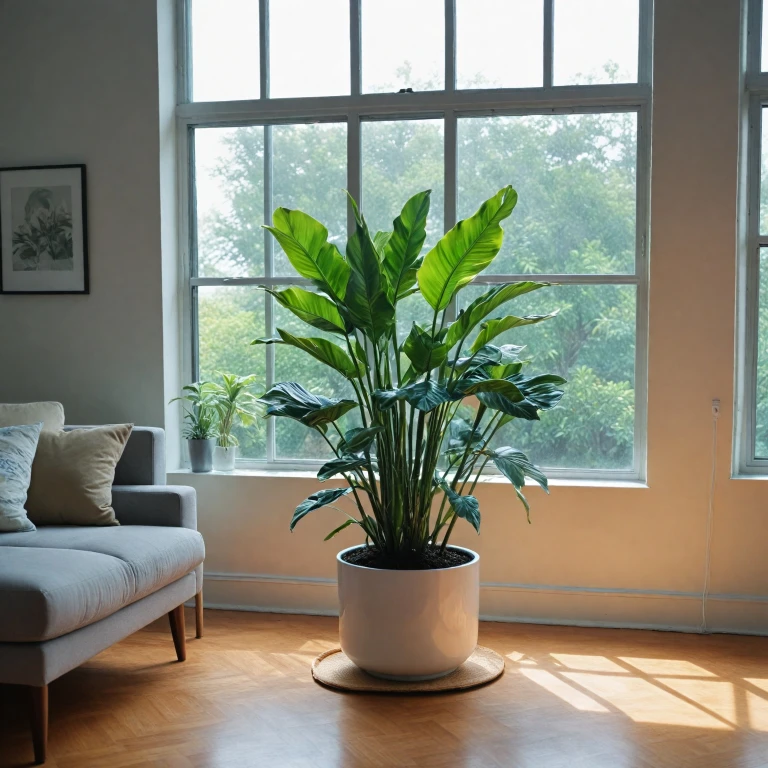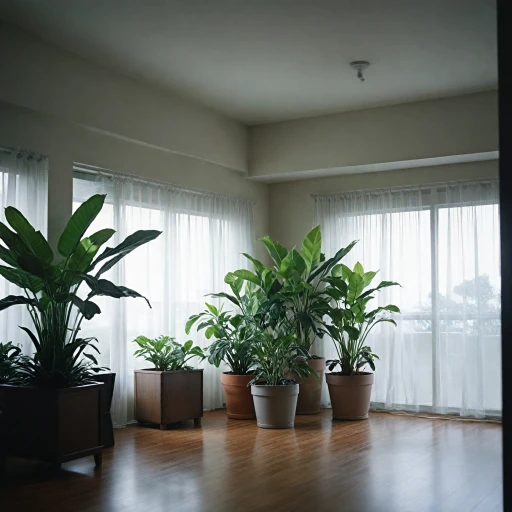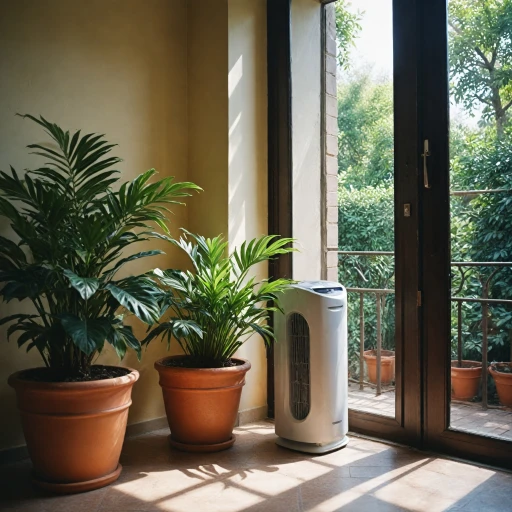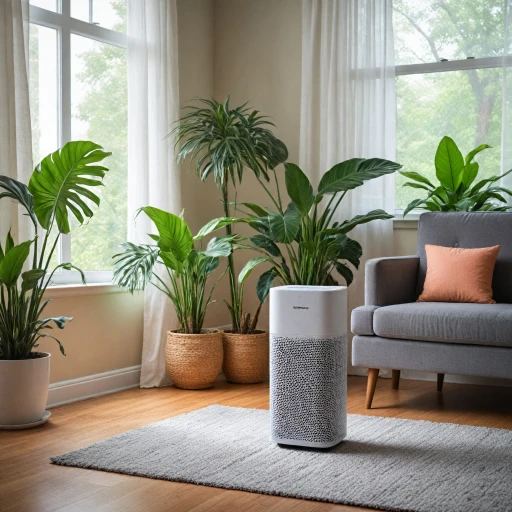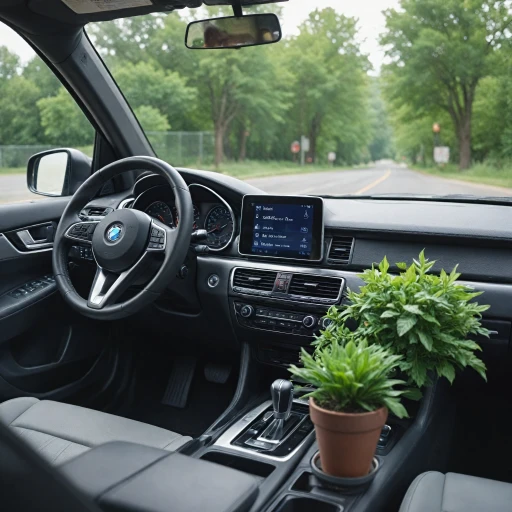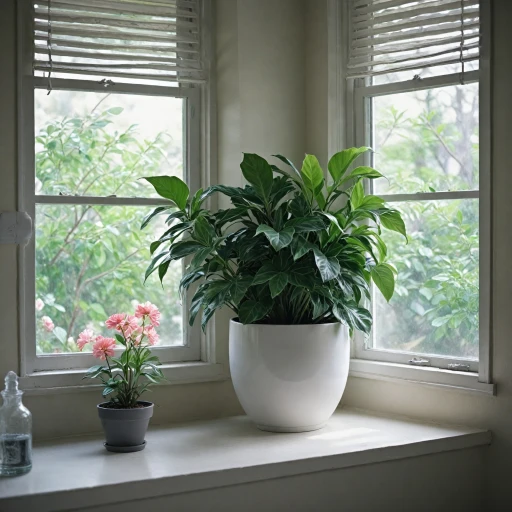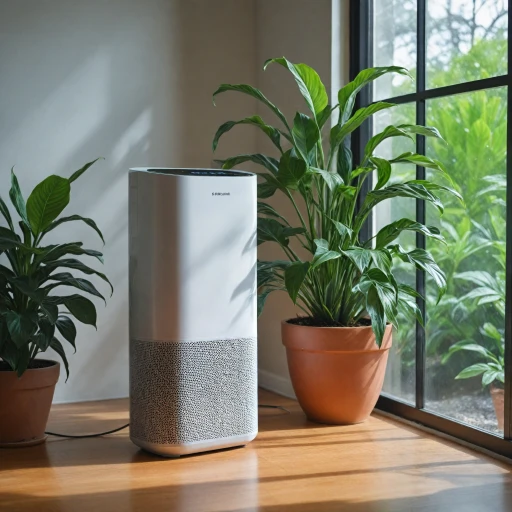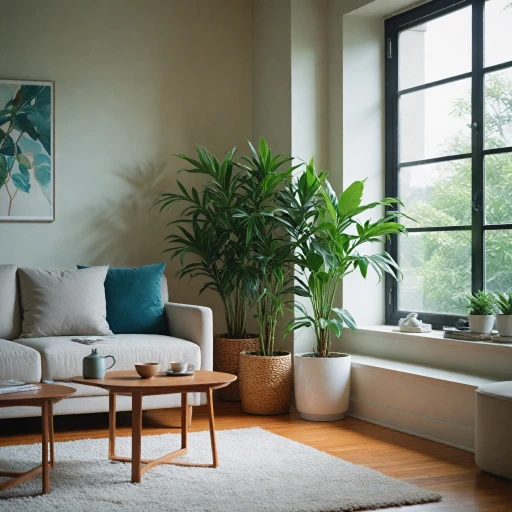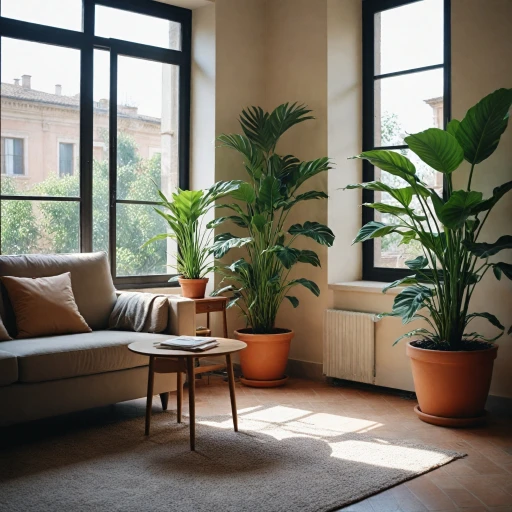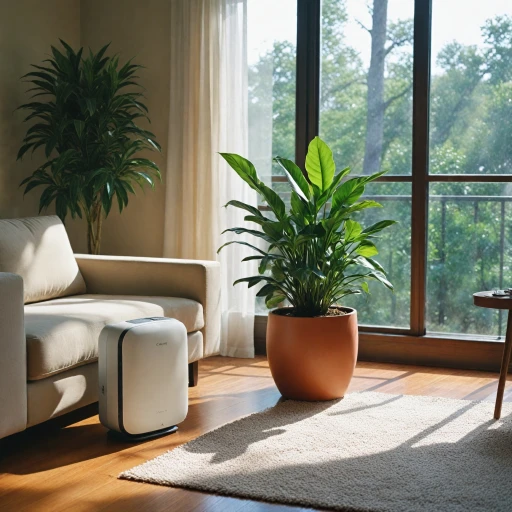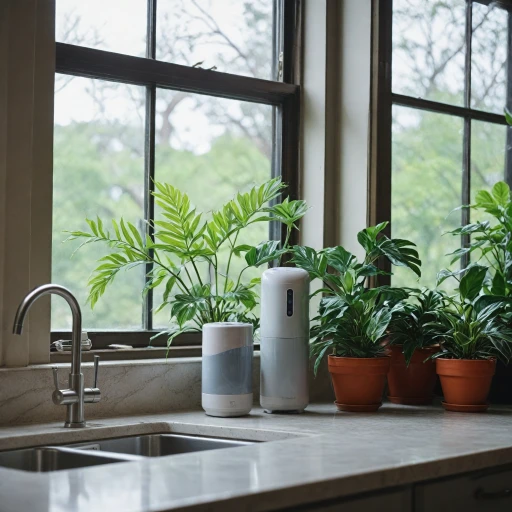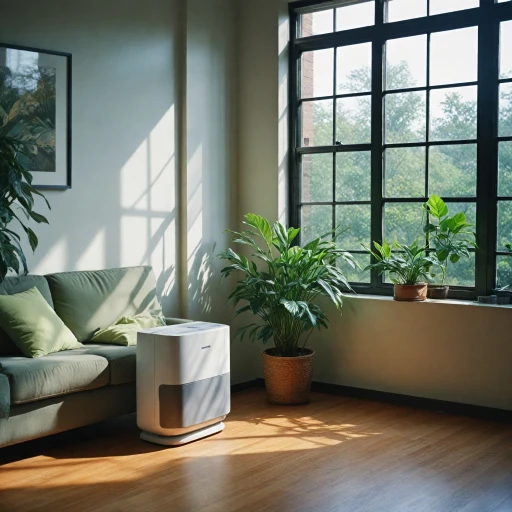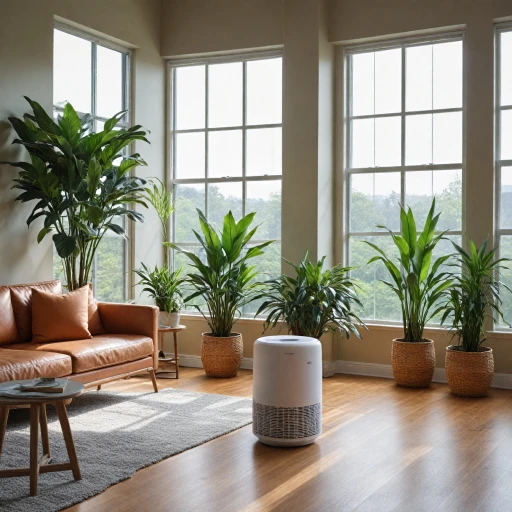
Understanding Filterless Technology
Unveiling the Magic Behind Filterless Technology
When considering the option of an air purifier for your home or office, the notion of "filterless" may initially seem puzzling. However, this innovation in air purifiers offers a new dimension in maintaining air quality without the need for regular filter replacements. Filterless air purifiers, as the name suggests, do not rely on traditional HEPA or carbon filters. Instead, they use more advanced technologies like thermodynamic sterilization or ionization to clean the air.
Popular options on the market, such as Airfree products, utilize heat to eliminate microorganisms, including bacteria and viruses, by heating the air to around 400°F. This method effectively destroys microscopic particles, allergens, and pet dander, providing a continuous cycle of purification for your room. Meanwhile, purifiers utilizing ionization emit negative ions to attract pollutants, causing them to settle out of the air.
One of the remarkable features of these modern purifiers is their capability to handle everything from smoke and dust pollen to allergens in large rooms, covering several hundred to a few thousand square feet, depending on the model. Their design allows for discreet, efficient operation—providing a smart air cleaning solution without disrupting your living space. In terms of unit price, these systems can be more economical in the long run as you avoid the recurring cost of replacing filters.
While exploring the world of filterless air cleaners, it's essential to balance between various brands and check different price points, whether it's a regular price or a sale price on platforms like Amazon. Additional factors such as noise level settings, which can be crucial for creating a peaceful environment, play a vital role in decision-making.
Ultimately, transitioning to a filterless air purifier isn't just about cutting costs on replacement filters. It’s about embracing a modern, eco-friendly way to maintain air quality without the usual hustle. Just like any home appliance, ensuring it fits your space requirements and lifestyle is key.
Advantages of Going Filterless
Why Choosing Filterless Could Be a Game-Changer
Filterless air purifiers, such as the popular models seen on Amazon, offer several compelling advantages over their filter-based counterparts. These systems, often branded as Airfree or other cutting-edge technologies, are designed to tackle airborne contaminants in a unique way, providing a worthwhile alternative to traditional options like HEPA filters.
One major advantage is the long-term cost savings associated with not having to regularly replace filters. For many users, the regular price of filter replacements can add up significantly over time. By going filterless, you eliminate this recurring expense and the hassle of maintaining spare filters like those found in Levoit models.
Moreover, filterless systems are often more environmentally friendly. They do not produce waste in the form of used filters, which makes them an attractive choice for eco-conscious consumers. This aspect, paired with a lower unit price and potential sale prices, makes these purifiers a smart option for those focused on sustainable living.
Additionally, filterless air purifiers are known for being virtually maintenance-free. Users don’t have to worry about scheduling regular filter changes or dealing with complicated filter systems. This convenience can be especially beneficial for portable units that are moved frequently between different rooms or settings.
When it comes to air quality, these devices are effective against a range of pollutants, including dust pollen, pet dander, and smoke. Though some might wonder how a purifier can function effectively without a filter, it's important to note that filterless technology uses advanced methods such as thermodynamic sterilization or ultraviolet treatment to purify the air.
In terms of performance, filterless purifiers can compete with more traditional options in both small and large rooms, even those extending up to several hundred square feet, ensuring clean air across different environments. Ultimately, finding the best air cleaner involves considering your specific needs, from room size to the type of pollutants you're aiming to address.
Common Misconceptions
Unveiling Common Misunderstandings
When it comes to filterless air purifiers, several misconceptions tend to circulate, potentially deterring individuals from recognizing their unique benefits. Understanding these will empower you to make more informed decisions when considering an air purification system for your home or office space. Firstly, a prevalent assumption is that filterless air cleaners are less effective in removing pollutants compared to traditional purifiers with HEPA filters. However, many filterless systems adopt advanced technology, such as thermal ceramic cores or ionizers, to combat airborne particles, including dust, smoke, and pet dander, effectively enhancing air quality without needing a physical filter. Another common belief is that filterless purifiers are maintenance-free. While it's true that you won't need to purchase replacement filters regularly, some products may require periodic cleaning or maintenance to ensure optimal performance. Users should always refer to the product guidelines or reviews for specific units like the Airfree or Levoit Core to understand the level of care needed. Price considerations also generate confusion. There's often a misconception that because filterless systems do not require regular filter replacements, they are more cost-effective. While you might save on replacement filters, the initial price unit of a filterless air purifier could be higher than some traditional models. It's essential to weigh the regular price against potential long-term savings in your calculation. Lastly, many believe that these units are only suitable for small spaces. In reality, several filterless purifiers are designed to handle large rooms or even whole-home settings, with some units specifically engineered to cover extensive square feet areas, ensuring comprehensive air purification. Clearing up these misunderstandings ensures you're better equipped to compare different air purifiers and select the best air cleaning solution for your needs.Comparing Filterless and Filter-Based Systems
Contrasting Filterless and Traditional Air Purifiers
When it comes to improving indoor air quality, both filterless and traditional filter-based air purifiers have their unique strengths. Understanding these differences can help you make an informed choice for your home or office.
Filtration Method
Traditional air purifiers, such as those using HEPA filters, rely on physical barriers to capture dust, pollen, and pet dander. These filters need regular replacement to maintain efficiency, which can add to the overall unit price. On the other hand, filterless air purifiers, like the Airfree models, utilize technologies such as heat or ionization to neutralize pollutants, eliminating the need for replacement filters.
Maintenance and Costs
The maintenance of filter-based purifiers often involves regular filter changes, impacting both the regular price and sale price of the unit over time. Filterless purifiers, while potentially higher in initial price, often have a lower long-term cost since there are no filters to replace. This can make them a cost-effective choice, especially if you’re looking for a solution for large rooms or a portable option.
Performance in Different Settings
Filter-based purifiers, like the popular Levoit Core models, are well-regarded for their ability to handle smoke and allergens in spaces up to several hundred square feet. They are particularly effective in settings where high air purification is required. Filterless purifiers, however, offer consistent performance without the drop in efficiency that can occur with clogged filters, making them ideal for continuous use in maintaining air quality.
Environmental Impact
With no disposable filters, filterless purifiers can be a more environmentally friendly option. They contribute less waste compared to traditional systems that require regular filter disposal. This aspect can be particularly appealing if sustainability is a priority in your purchasing decision.
Ultimately, the choice between filterless and filter-based air purifiers depends on your specific needs, including room size, air quality concerns, and maintenance preferences. Each type has its place in the market, and understanding their differences is key to selecting the best air cleaner for your situation.
Choosing the Right Filterless Air Cleaner
Making the Right Choice for Your Space
Deciding on the best air purifier does not have to be overwhelming. Several key factors can help you choose the right filterless air cleaner for your room or home. Here’s what to consider:
- Room Size: Assess the square feet coverage needed. Air purifiers, like the portable levoit core, are suitable for smaller spaces, while others are designed for large rooms. Ensuring the unit covers the area is crucial for effective air purification.
- Specific Needs: Are you dealing with pet dander, smoke, or dust pollen? Different units offer varying capabilities. For instance, a filterless option may be preferable for reducing ongoing maintenance costs.
- Unit and Sale Price: Budget plays a role. Some customers opt for units at a regular price, while others seek sale deals on platforms such as Amazon. Weigh your options against your budget and long-term savings on filter replacements.
- Reviews and Features: Looking up reviews on popular models like airfree or levoit can give insights into product performance. Check for smart air settings and whether the unit is portable if mobility is a priority.
- Quality Assurance: Brands known for HEPA filters often provide other reliable purifiers. Regularly compare product specifications and ensure the air quality standards you desire are met, especially in terms of smoke and pet dander filtration.
Choosing an air cleaner involves balancing your air quality requirements with practical considerations. Making an informed decision assures that you invest in a unit providing not only the best air for your needs but also peace of mind with your investment.
Real-Life User Experiences
Voices from Real Users
In the quest for optimal air quality, many individuals are turning their attention to filterless air purifiers. Understanding what the technology offers is important, but there's undeniable value in learning from real-life user experiences.
Numerous reviews highlight filterless purifiers, such as the Airfree models, praised for their silent operation and compact design. Users frequently commend the absence of regular expenses associated with purchasing and replacing HEPA filters. Many appreciate these units for small to medium-sized rooms, although they may have varying effectiveness in larger spaces, depending on the specific air cleaner model.
For those dealing with allergens like pet dander or smoke, user feedback often emphasizes the importance of considering the unique air filtration technology used. A portable filterless system might not entirely match the performance of a HEPA filter when it comes to eliminating smoke in large rooms, although it provides a consistent purification process that some users have found satisfactory.
Price can be a significant factor. While at first glance, the unit price may seem higher, the long-term savings on filter replacements make filterless options more appealing. The levoit core, with its smart air settings, can often be found at a price regular users find reasonable, especially during price sales on platforms like Amazon.
It's also crucial to balance the typical air quality enhancements with the need for regular cleaning. Even without filters to change, some purifiers require periodic maintenance to ensure dust pollen and other particles do not affect performance.
As you consider what suits your needs best, remember these user insights can guide you toward an informed decision that balances cost, convenience, and effectiveness.
